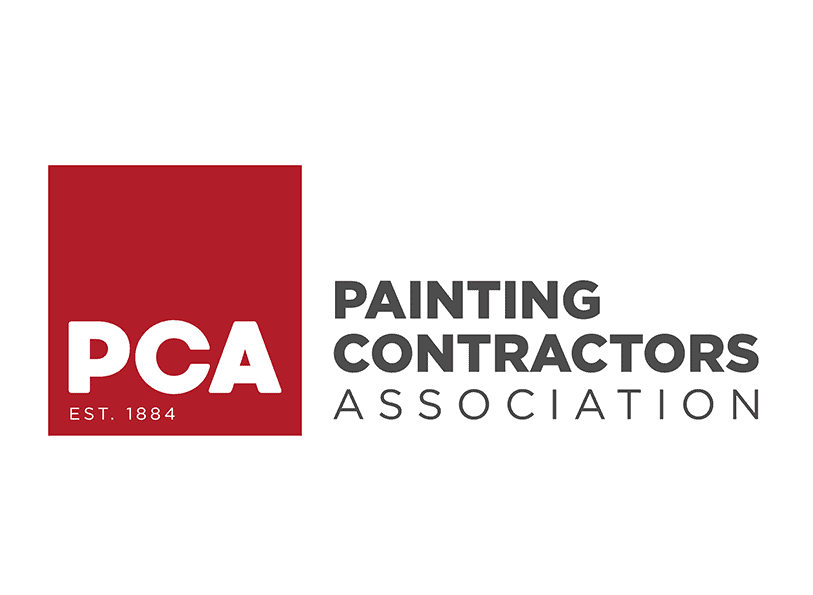16 Jun The Challenges of Wallpaper Removal
You’d be surprised what we sometimes find underneath wallpaper. It can hide a lot of problems that aren’t obvious until either the wallpaper is removed or the issue rises to the surface. Over the last two decades working with clients across Northern Virginia, we’ve seen a lot. If you would like to remove wallpaper to be able to paint instead, we suggest you use a professional. And, definitely, if you’re planning on painting, do not paint over wallpaper!
Here are three easy tips to try before you start pulling off wallpaper:
-
-
- Before you decide to remove large swathes, remove a receptacle cover (electrical outlet) after you turn off the electricity. Then try to lift a small section of the wallpaper behind what would be the receptacle cover.
- This gives you a peek at what lies underneath the paper if you’re curious about the material.
- The next step would be to try to remove a small section behind a door or other inconspicuous place like in a closet.
-
What lives under the wallpaper?
There are a handful of problems that could complicate things for a homeowner. Here are a few:
-
-
- Mold can be the most serious of issues living beneath your wallpaper. If any moisture has found its way between the wall material (likely sheetrock) and the paper, mold could grow and not be evident on the exterior.
-
-
-
- Mold can be a serious health risk and needs to be removed safely and as soon as possible.
- It’s really a job left to experienced professionals!
-
-
-
- Glue residue often remains on the wallboard where the wallpaper once hung. It’s not always easy to remove.
-
-
-
- You can try to DIY its removal by using very hot water (carefully so you don’t burn yourself) and scrubbing pads to remove the glue.
- This is hard work that needs to be done very carefully so that you do not ruin the sheetrock under the wallpaper.
- If old-fashioned hot water doesn’t work, there are professional specialty products you can apply to stubborn glue residue that could help as well.
-
-
-
- Stubborn wallpaper: There are two solutions to removing stubborn wallpaper that just won’t budge:
- Mold can be the most serious of issues living beneath your wallpaper. If any moisture has found its way between the wall material (likely sheetrock) and the paper, mold could grow and not be evident on the exterior.
-
-
-
-
-
-
-
-
Wet the wallpaper with warm water, apply with a professional wallpaper removal solution, and cover with plastic. The plastic will self adhere to the wall, hopefully causing the wallpaper to begin peeling away.
-
You could always leave the wallpaper and add new sheetrock over the existing wallpaper with a 1/4″ thick wallboard. It might not be your cheapest solution, but it could save you a lot of time. Keep in mind that things such as switches and plugs will likely to be adjusted for the additional wall thickness.
-
-
-
-
-
-
-
-
- Unprimed wallboard with wallpaper glued directly to it will likely mean that the top layer of that sheetrock will lift off when you remove the wallpaper. This is a less than ideal scenario because it’s not an easy fix. You can try skimming the wall areas with joint compound where sheetrock paper lifted off. But you’ll need to be close to perfect while skimming then sanding the walls or you’ll see right through the new paint where sheetrock paper is missing.
-
Wallpaper removal is typically one of those tasks most homeowners don’t want to tackle. They end up calling us. We understand because the more experienced the person removing the wallpaper, the better the results in the end. It’s also a domino effect. If you don’t do a good job removing wallpaper, the paint job isn’t going to look good.
If you would like to talk to us about wallpaper removal and painting, please give our office a call. We offer free, no-obligation quotes.

Mike Katounas is the owner of Home Works Painting, a painting business in Northern Virginia. He has over 15 years of experience in residential interior and exterior painting, drywall installation/repair, carpentry, wallpaper removal, power washing, commercial painting, color consultation, and staining/sealing. Their service areas include Chantilly, Fairfax, Herndon, Oakton, Reston. Mike takes pride in his work, and he always follows a strict code of conduct that includes the use of quality paint, a clean workspace, and an honest, respectful approach to his customers.












Sorry, the comment form is closed at this time.